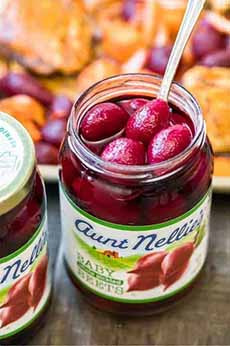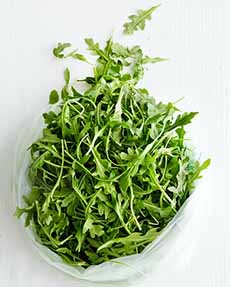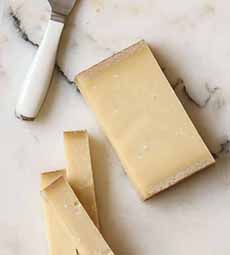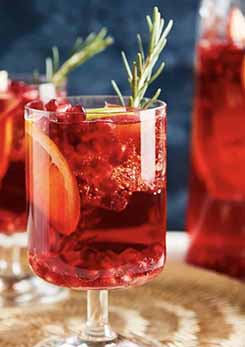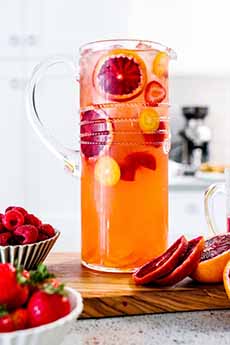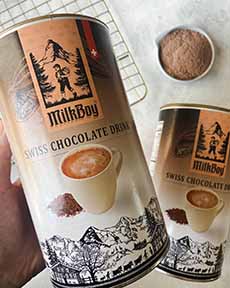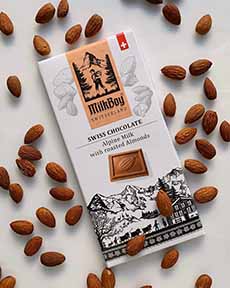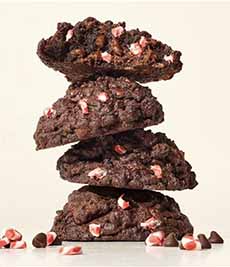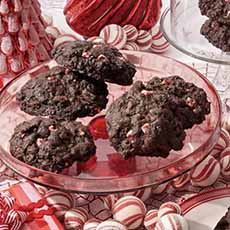|
December 21st is National Fried Shrimp Day. We have a tasty recipe below with a panko/macadamia nut crust. But first, inquiring minds want to know the differences between crayfish, prawns, and shrimp:
Crayfish, also called crawfish and crawdads, are small, freshwater lobsters. Their flavor is milder than shrimp.
Shrimp are sometimes called prawns, but that is erroneous. While they taste exactly alike, shrimp have lamellar gills (a side plate that overlays segments in front and behind) and carry their eggs outside of their bodies, beneath their tails.
Prawns, on the other hand, have branching gills (side plates that overlap tile-like from front to back) and carry their eggs inside their bodies near their tails.
Prawns have claws on three of their five pairs of legs, and shrimp have claws on two of their five pairs of legs. Their gills and body shape are different as well (source).
> There are more fried shrimp recipes below.
> The history of shrimp.
RECIPE: MACADAMIA CRUSTED SHRIMP
You can make the aïoli up to two days in advance and refrigerate it until you start to prepare the shrimp. Then, let it come to room temperature.
In addition to a green salad, add your favorite cooked green vegetable: asparagus, baby bok choy, broccoli/broccolini/rapini, Brussels sprouts, collard greens, dandelion greens, green beans, kale, snow peas, sugar snap peas, or Swiss chard, for starters.
Ingredients For The Shrimp
20 large shrimp, deveined and peeled
1 cup flour
1 good pinch salt and pepper
1 good pinch cayenne* pepper
1 cup macadamia nuts
2 eggs
1 cup panko breadcrumbs
1 quart macadamia oil or other high smoke point oil for deep frying (avocado, canola, grapeseed, peanut, sunflower)
For The Aïoli (Garlic Mayonnaise)
1 clove garlic
Salt and pepper
1 egg yolk
1 teaspoon Dijon mustard
7-12 ounces (200-300 ml) grapeseed oil
Lemon juice to taste
Preparation
1. MAKE the aïoli. Crush the garlic clove and place it in a bowl. Add a pinch of salt and pepper, the egg yolk, and mustard, and whisk until well combined. Add a few drops of oil, whisking constantly, until the mixture starts to thicken.
2. SLOWLY POUR in the remaining oil in a thin, steady stream, whisking constantly until the mayonnaise is combined and the texture is thick and creamy. Add the lemon juice in 1 tablespoon at a time until the desired tanginess is reached.
3. BEGIN the shrimp. Combine the flour, salt, pepper, and cayenne pepper in a bowl. Crack the eggs into a bowl and lightly whisk with a fork.
4. PULSE the macadamias in a blender to the size or smaller of the breadcrumbs, and combine with the breadcrumbs.
5. DUST the shrimp in the spiced flour, dip in the egg yolk, and then roll them in the macadamia breadcrumb mix.
6. HEAT the oil to approximately 350°F/180°C. If you don’t have a thermometer, to test the hotness, drop a piece of bread into the oil: It should turn golden brown in about 10 seconds. Once the oil has reached the required temperature, drop about 10 shrimp in and cook until they are golden brown. Remove and drain on a paper towel. Repeat with remaining shrimp.
7. SERVE with the aïoli dipping sauce.
MORE FRIED SHRIMP RECIPES
Baja Shrimp Tacos
Coconut Shrimp
Red Curry Shrimp
Shrimp Tempura
|
|

[1] Macadamia-crusted shrimp (photo © Australian Macadamias).
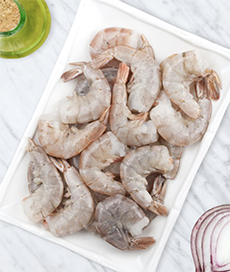
[2] Jumbo wild Gulf raw shrimp (photo © Sea 2 Table).
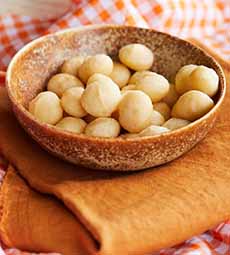
[3] Macadamia nuts are native to Australia (photo © Australian Macadamias | Facebook).

[4] Panko Japanese-style breadcrumbs (photo © Good Eggs).
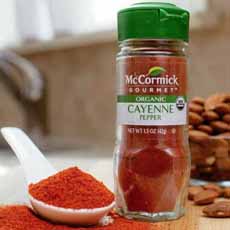
[5] Cayenne powder, ground from dried cayenne chile peppers (photo © McCormick).
|






